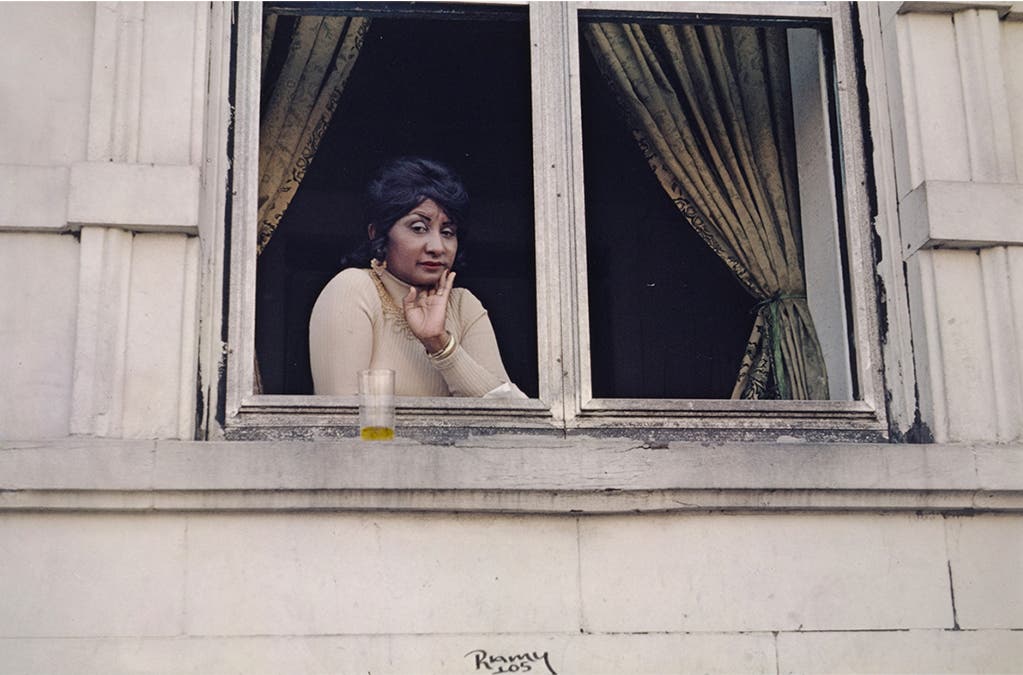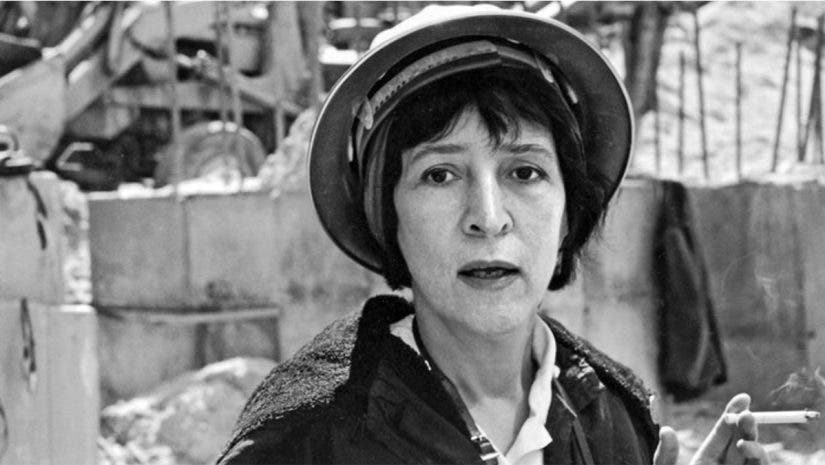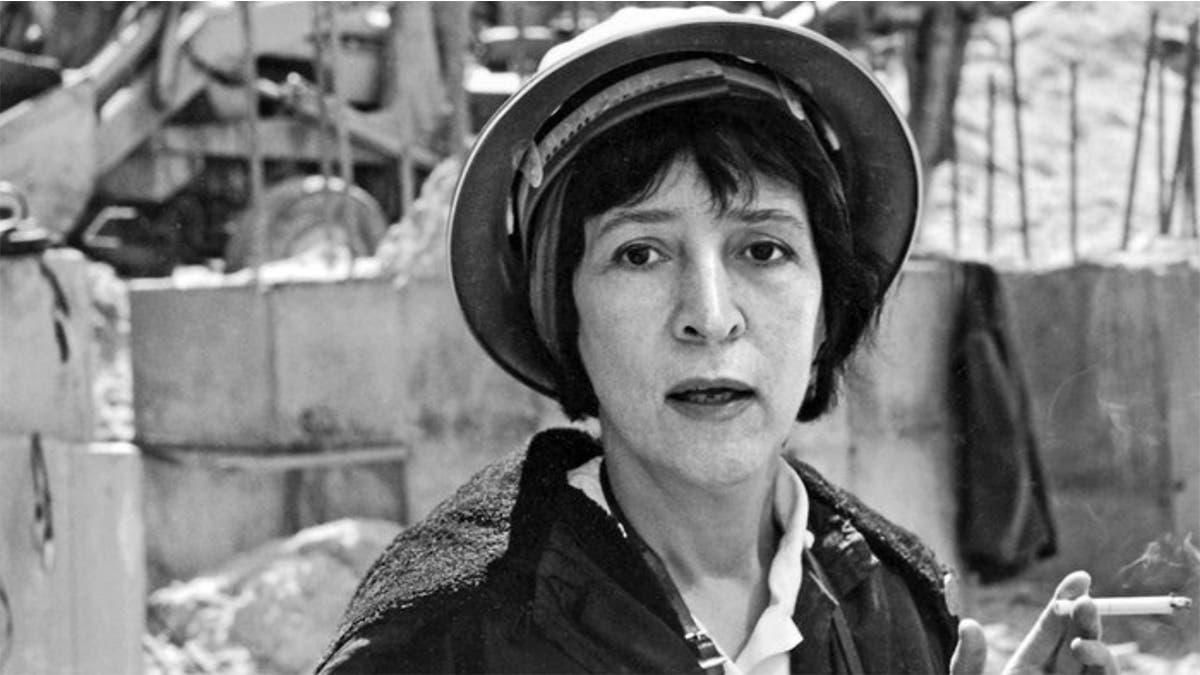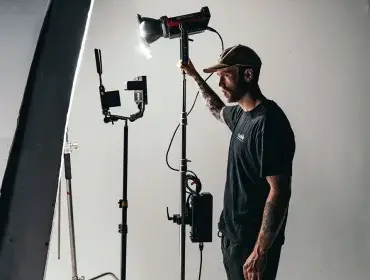Helen Levitt is arguably one of the most significant street photographers in the canon of street photography. Known for her extremely light, joyful touch, Levitt’s seemingly casual encounters with working-class people on the streets of New York City are intimate, often fly-on-the-wall perspectives of candid everyday moments in an era that’s long gone. As a street photographer, Helen Levitt actively photographed from the 1930s to the 1990s. Levitt’s photographs are theatrical, merry, touching, and, at times, hilarious portrayals. She effortlessly managed to pluck these from the chaos of the street with compositional and graphic elegance.
Brooklyn Born
Born in Benson Hurst, Brooklyn, in 1913, Helen Levitt knew at a young age she wanted to be a photographer. After dropping out of high school at age 16, she took a job with a commercial photographer and learned the darkroom, Shortly thereafter, she came across the almighty Henri Cartier-Bresson, favoring his artistic approach rather than the socially conscious photography popular at the time. The exposure to his photographs “made [her] ambitious,” she said in an NPR interview and inspired her to make photographs that could stand on their own. What resulted, lucky for us, was a lifetime consumed with making imagery.
Like Cartier-Bresson, Levitt photographed using a Leica 35mm rangefinder so she could photograph quickly and quietly. She is best known for her black-and-white photographs from the 1930s and 1940s. During this period, she often paled around with Walker Evans. Levitt later made stunning color images. These images reveal just how gorgeous the film stock—and her tonal sensibility—was back in the day. Levitt was also deeply interested in the moving image. Accordingly, she worked as a film editor and filmmaker for almost 25 years before returning to still photography. Her 1952 collaboration with James Agee and Janice Loeb produced the celebrated documentary In the Street. This was a forerunner in the cinema verité style that would emerge in the 1960s. In 2009, at age 95, she passed away in her sleep in her Greenwich Village apartment in New York City.

A Photographer’s Photographer
Levitt’s predilection for photography quickly led to acclaim sustained throughout her lifetime. At 26, her photographs started appearing in popular magazines such as Fortune. Levitt had her first solo exhibition at the Museum of Modern Art at 30 thanks to Beaumont and Nancy Newhall. Three years later, MoMA granted her a fellowship. In 1959 and 1960, she received Guggenheim grants for her groundbreaking color photography. This was followed by a fellowship from the National Endowment for the Arts in 1976 and the ICP Infinity Award in 1997.
In 2022, she was posthumously inducted into the International Photography of Fame. Levitt’s estate continues to mount solo exhibitions internationally. Helen Levitt was one of the first photographers to exhibit in color in 1974, comprising a series of her richly colored dye-transfer photographs. Her monographs include A Way of Seeing, Helen Levitt, Slide Show, and In the Street.
Children at Play

Levitt’s portrayal of children playing on the street is unparalleled. Granted, she started photographing before television and air conditioning were invented, so people convened a lot more often on the street than they do today—a lot. But her photographs of kids’ imaginative and fearless use of the street as their playground still kind of blows your mind. These are the kind of pictures we should be especially grateful to have. I can’t imagine a scene like the one depicted in the photograph above happening today.
Tender Moments

Levitt was an animal lover, and you can see it in her photographs—not because she photographed animals (although she did), but because she was often able to capture tender moments with cat-like inconspicuousness. How she was able to photograph such intimate moments like the one between the teenagers above, without her subjects caring, no less noticing, will remain a mystery. But my guess is she had an extremely gentle demeanor on the street, allowing her to be in places and to memorialize touching scenes like no one else.
Lyrical Portrayals

Although Levitt was consumed with photographing everyday life, she didn’t do so to gather facts as much as she did to tell stories through optical lyricism. Levitt photographed a lot in Spanish Harlem and the Lower East Side during a time when these neighborhoods were largely impoverished. I can only imagine the misfortune she witnessed, which makes photographs like the one above even more meaningful. Not only is it masterful compositionally, but her poetic use of the elements in the frame also imbues it with hope and innocence that even the most jaded of us have to acknowledge.
Color Sensitivity

Levitt might be best known for her black-and-white photographs, but time and time again, I am struck by her sensitive attention to color when she turned to dye transfers later in life. We hear a lot about William Eggleston and Steven Shore as pioneers of color photography, but with all due respect to them, neither used color as delicately as Levitt did, even when—as in the photograph above—there were so many chromatic elements to contend with.
Street Culture

It might seem obvious to say that Levitt’s photography revealed the culture of the street back in the day, but that culture is such a stark comparison to today’s introversion and penchant for loneliness that I can’t help but point it out. Levitt frequently photographed people watching the action on the street from their front stoops and, as in the photograph above, their windows. In other words, Levitt was as entertained by the street as others seemed to be. Real life was their television set, and they watched it daily. Oftentimes, the eye contact in Levitt’s photos portends an acknowledgment of that shared spectatorship.
Being, Not Doing

Like Saul Leiter, Helen Levitt was not in it for the fame. She was a woman of few words who largely kept to herself. Levitt almost always turned down interviews and flat-out refused to “explain” her photographs. Fortunately for us, somehow, some way, she felt at a very young age that experiencing the world through photography was her destiny. What resulted was a prolific output of images unencumbered by the heavy hand of a photographer who contributed immensely to our societal records of that time.
But aside from her gorgeous documentation of real life is something just as important that might not be readily apparent, which is that making a compelling picture on the street is so much more about being than doing. The decisions you make about the camera you use or the technical know-how you have are almost irrelevant compared to your personality and the way you use it to interact with the world. Street photography shows you the world, but it also holds a mirror to you.
All images Copyright Helen Levitt (American, 1913–2009)






